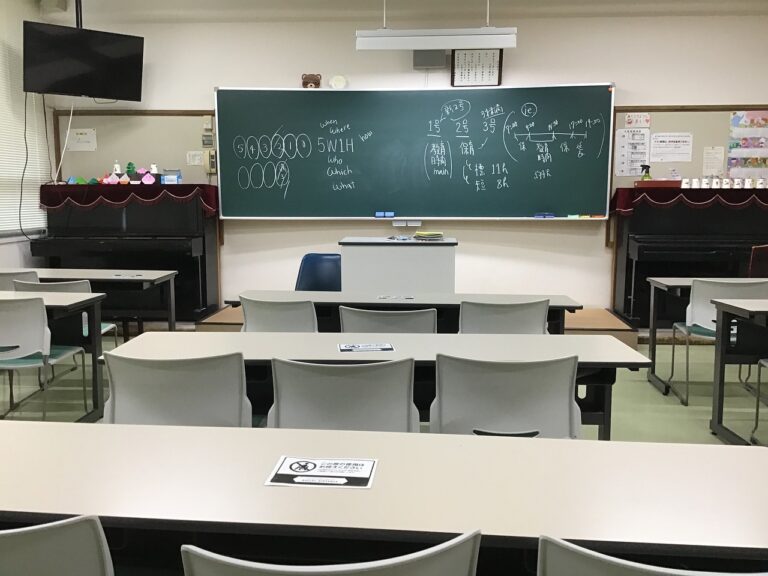Combining Traditional and Modern Teaching Methods
Traditional teaching methods have long been the cornerstone of education systems worldwide. These methods typically involve a teacher-centered approach, where the educator imparts knowledge to students through lectures and textbooks. Students often engage in passive learning, absorbing information without much interaction or collaboration with their peers.
One common traditional teaching method is direct instruction, where teachers present information in a structured manner and students are expected to absorb and reproduce the content through activities like worksheets and exams. This approach is often criticized for not catering to individual learning styles and failing to promote critical thinking skills in students.
Modern Teaching Strategies
Embracing technology is a crucial aspect of modern teaching strategies. Integrating digital tools such as online learning platforms, educational apps, and interactive whiteboards can enhance engagement and facilitate personalized learning experiences for students. By incorporating multimedia resources into lessons, educators can cater to different learning styles and create dynamic, interactive learning environments that foster student creativity and critical thinking skills.
Collaborative learning is another key component of modern teaching methodologies. Encouraging students to work together on projects, assignments, and discussions promotes teamwork, communication skills, and the ability to consider diverse perspectives. By fostering a collaborative classroom atmosphere, educators can empower students to take ownership of their learning and build essential collaborative skills that are essential for success in today’s interconnected world.
What are some examples of traditional teaching methods?
Some examples of traditional teaching methods include lecture-style teaching, rote memorization, and teacher-centered instruction.
How do modern teaching strategies differ from traditional teaching methods?
Modern teaching strategies focus on student-centered approaches, active learning, technology integration, and collaboration among students.
What are some examples of modern teaching strategies?
Some examples of modern teaching strategies include project-based learning, flipped classrooms, inquiry-based learning, and using educational technology tools.
How can teachers incorporate modern teaching strategies into their classrooms?
Teachers can incorporate modern teaching strategies by creating engaging and interactive lesson plans, providing opportunities for student collaboration and critical thinking, and utilizing technology to enhance learning experiences.
What are the benefits of implementing modern teaching strategies?
Benefits of implementing modern teaching strategies include increased student engagement, improved retention of information, development of critical thinking skills, and better preparation for real-world challenges.





